Twenty-one students from Compass Charter School in Meridian advanced to nationals after competing in the state National History Day competition last month at the College of Idaho. The students will travel to Washington, D.C., for the national contest in June.
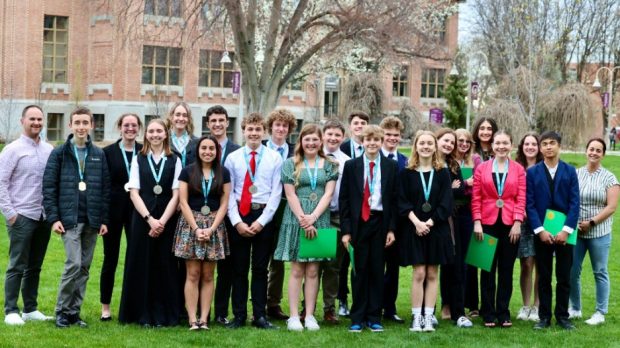
In addition, Compass teacher Adam Mastalski was named 2024 Idaho NHD Teacher of the Year. This was his second year participating in NHD. Michelle Balliet, the middle school Compass teacher, has won the award twice.
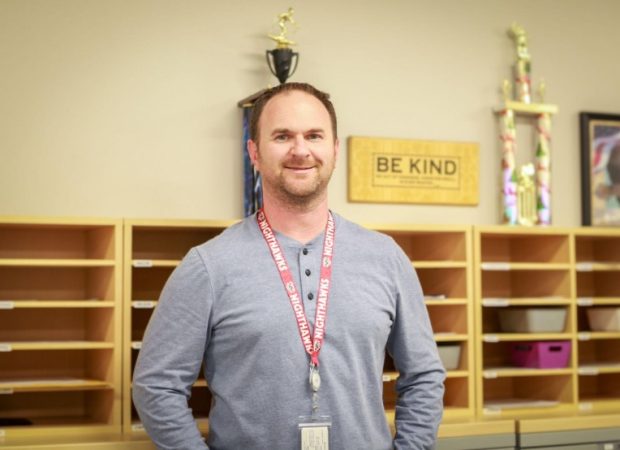
Here is a selection from the five high school projects and six middle school projects going to nationals. Each highlights Turning Points in History, NHD’s theme this year.
From fashion to war to medicine, the students chose their topics, created a thesis and decided what medium to use to present (board, website, documentary, paper, etc.) They spent all of their class hours from January to March working on their projects, and many additional hours outside of class.
Exhibit on Manzanar Japanese Internment Camp, World War II
For eighth grader Emery Johnson, this NHD project was personal. Her great-grandmother was imprisoned at the Manzanar internment camp in California, one of the more than 110,000 Japanese Americans unjustly imprisoned in an internment camp during World War II.
Her great-grandmother has since passed away, but Emery explained, “She [didn’t] talk about [the camp]. She mentioned it once in front of my mom. It was when we were at a pumpkin patch and it was really windy that day. She just looked down at the ground and said, ‘this reminds me of the camp.’ My mom will remember that forever.”
Emery said she knew she would “be way more interested and motivated to learn about this topic because I have that personal connection to it.”
Teaming up with eighth grader Olivia Babcock, the pair made a model of the primitive housing at the camp, as well as an exhibit and a mini documentary.
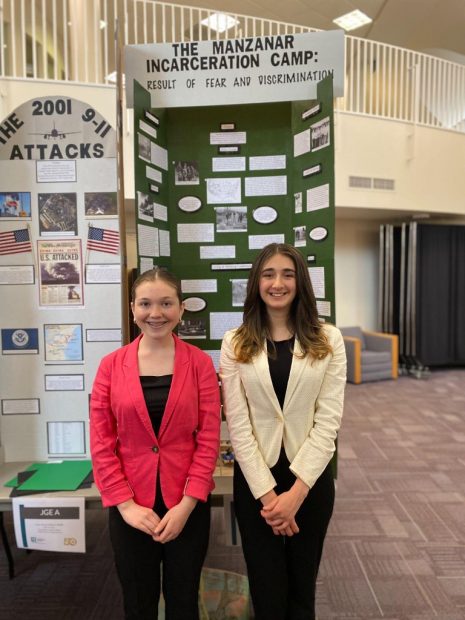
Olivia explained that the camps were a big turning point for those forced to stay in them for years. “It left many of the people…with lots of trauma, and they had lost their property. It affected their families for a long time.”
The team presented at their school competition, then at regionals and again at state. Each time, they made extensive revisions to their project based on feedback. They also reached out to teachers, the Idaho NHD representative, and family members to look over their work.
“There’s always something to improve on” Olivia expressed.
Website on the Thalidomide Scandal of the 1950s
Buried in the complex lyrics of the hit song, “We Didn’t Start the Fire” by Billy Joel is the phrase, “children of thalidomide.” One day while listening to the song, 8th grader Harper Vaughn and her mom went on a quest to understand the line.
They learned of the thousands of babies worldwide who died or were born with severe birth defects after physicians prescribed the drug to treat morning sickness during prengancy. Right away, Harper knew she wanted to do her project on the Thalidomide Scandal.
Harper says it’s a turning point because “it led to the world knowing how dangerous drugs that were not tested properly really could be.”
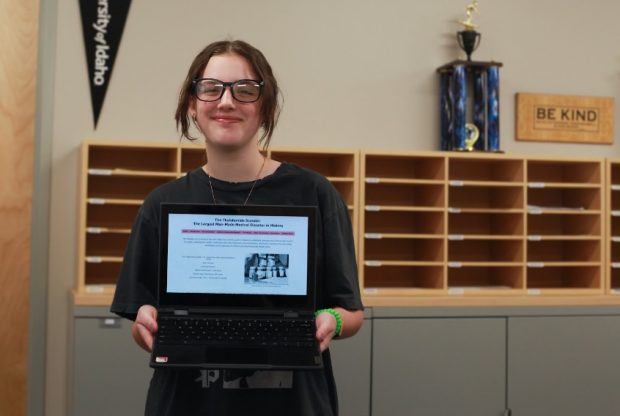
For her project, Harper conducted two oral history interviews. The first with an Idaho State University (ISU) professor who researches thalidomide. The second with a victim of thalidomide who was born with eyesight issues and short arms because of the drug.
Though Harper said it was intimidating to do these interviews, they were also her favorite part of the project.
Paper on Operation Mincemeat, World War II
For Brea Hill, research papers are the way to go for NHD.
“If I have a choice between a writing project or a visual project, I will definitely choose writing.”
Brea Hill, an eighth grader, wrote a 20-page research paper for her NHD project, complete with footnotes and a bibliography.
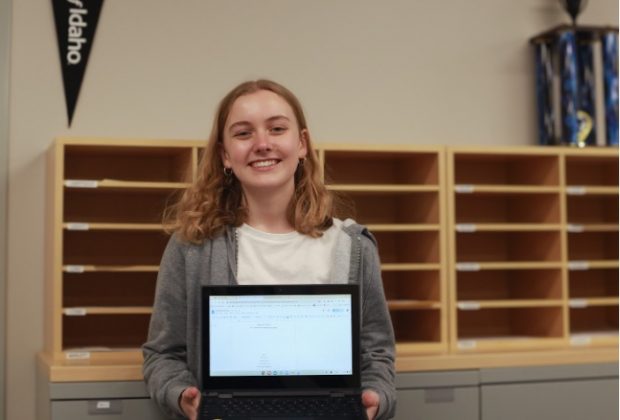
Brea’s teacher said in an email that she “puts a tremendous amount of work” into her papers. When asked how many hours outside of class she has spent on her research paper, she guessed around 40. But Brea said she didn’t keep track because, “it doesn’t really feel like work too much…the time has gone by so fast.”
The title of her paper is “Operation Mincemeat: How a Homeless Man Undermined Nazi Germany.”
On to Nationals
All of these students are currently working on revisions to prepare them to compete at nationals. Mastalski said he thinks students are invested in their projects because they get so much choice in the process- from picking their topic to their medium of presentation.
One student said, “I think it’s been more fun than it would normally be in a history class because I feel like [in a normal class] we’re not really hands on all the time.”
According to Mastalski the Idaho Content Standards for social studies are skill and concept-based, meaning “[there are] different ways the topic they are interested in can apply to the standards.”
He says the students can win scholarships at both the state and national level. At the state level, the group that made the exhibit on Coco Chanel’s Little Black Dress all received $10,000 scholarships to C of I if they choose to attend that school.
All of the students who competed at state also received $500 from C of I.
He said one of the most rewarding parts of NHD is seeing the students stretch and grow when they work on things outside of their comfort zone.
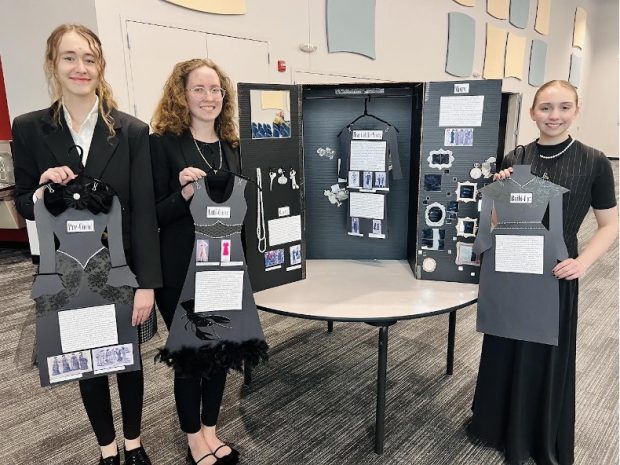
Noah Lockey created a website on the capturing of Guadalcanal in World War II using NHD’s drag and drop website builder. He used Library of Congress records to help with his research, and searched through transcripts of interviews with veterans who were part of the Battle of Guadalcanal.
